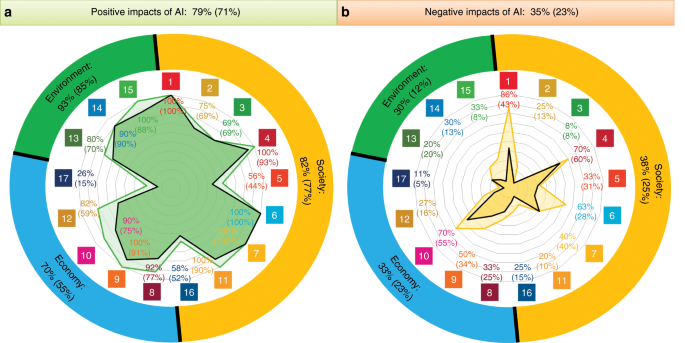In a meticulously calculated and strategically astute maneuver that possesses the potential to fundamentally alter the existing contours of the Graphics Processing Unit (GPU) ecosystem, emerging reports have surfaced, disclosing AMD’s decisive pivot away from its hitherto prominent presence in the gaming graphics card sector. Instead, the company has firmly set its sights on the paramount and burgeoning realm of artificial intelligence (AI) technology advancement.
This audacious redirection of focus and allocation of precious resources have not gone unnoticed, precipitating apprehensions among industry observers and enthusiasts alike. Their collective unease primarily revolves around the impending consequences for the future availability and affordability of premium-grade GPUs, as the specter of a potential vacuum in this segment looms large. This strategic recalibration could very well serve as an inadvertent catalyst, potentially affording NVIDIA the enviable opportunity to consolidate its standing and potentially attain a preeminent position within the fiercely contested gaming sector.
The sacrifice of high-end gaming for AI advancement
AMD, known for its Radeon graphics cards, appears to be sacrificing its high-end gaming market share in pursuit of a stronger presence in artificial intelligence (AI). The company has reportedly abandoned plans to release the high-end RDNA 4 generation of graphics cards, including the Radeon RX 8800 and 8900. This decision stems from AMD’s ambition to compete more effectively with NVIDIA in the lucrative AI sector. While AMD’s commitment to AI innovation is commendable, this strategic shift could have significant repercussions for both the company and consumers.
TechSpot and various sources have suggested that AMD is redirecting its resources towards capturing a more substantial share of the AI market. Despite the initial shock of relinquishing the high-end gaming GPU market to a rival, AMD seems eager to capitalize on the ever-expanding AI boom, a sector showing no signs of slowing down. The potential profits from AI server products are substantial, making this calculated gamble a high-stakes maneuver.
Implications for gamers and the GPU market
As AMD pivots towards AI development, there is a growing concern among gamers and industry experts about the consequences for the GPU market. The decision to forgo the release of high-end RDNA 4 graphics cards could create a void in the high-performance gaming sector, leaving NVIDIA unchallenged. This not only threatens to reduce the variety of high-end graphics cards available to consumers but also raises the specter of increased GPU prices.
With AMD shifting its focus, NVIDIA could exploit the void by dominating the high-performance gaming segment, potentially allowing the company to hike prices without significant competition. Gamers accustomed to having a choice in the high-end GPU market may soon find their options limited, and their wallets strained.
This shift isn’t all bleak news for gamers. The silver lining lies in the mid-range GPU segment, where increased competition and focus are anticipated. As AMD puts more effort into mid-range GPUs, the average gamer can look forward to a broader selection of options and potentially more affordable choices. Still, the ultimate outcome of this strategic move remains uncertain, and gamers will need to monitor developments in the GPU market closely.
AMD’s decision to prioritize AI development over high-end gaming GPUs raises significant questions about the future of the graphics card market. While it positions AMD to tap into the lucrative AI market, consumers may face limited options and higher prices in the high-performance gaming sector. This shift is poised to reshape the dynamics of the GPU industry, leaving gamers and tech enthusiasts eager to see how it unfolds.





